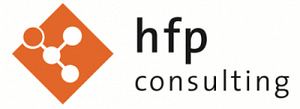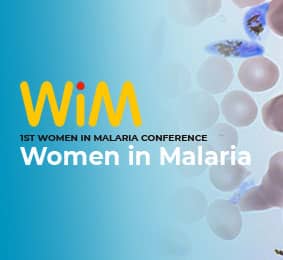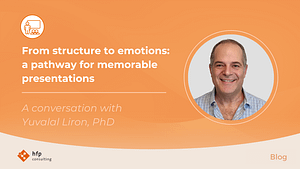Interview with Elena Gómez-Díaz, Distinguished Researcher (ID) at the IPBLN-CSIC and one of the organisers of Women in Malaria (WiM) 2021, on how to improve the representation of women in science.
What are the objectives of WiM?
Basically, WiM aims to:
- Promote inclusion. We want to combat the deeply set gender inequality and gender bias in research environments, which is particularly acute in the field of malaria research by giving voice to people regardless of their gender.
- Increase women´s visibility in science, especially in low-resource countries, where few women undertake leading roles in research, implementation, and policy.
- Improve access to career development opportunities. We included workshops and mentoring in our program, as many women researchers are hardly able to access the training, mentoring, and resources required to rise up the ladder.
WiM is intended to remain a virtual conference even after COVID-19 travel restrictions subside, why?
The pandemic has meant a change from face-to-face to digital, but for WiM it is also a welcome advance to counteract the demands of professional travel, a particular constraint for women because of family burdens, which still mainly falls on their shoulders in many countries. Furthermore, there is the issue of lack of access to travel grants, as well as family-friendly events.
Virtuality favors a greater presence of women in congresses and scientific meetings, while also counteracting the lack of representation of scientists with low economic resources, mainly from countries where malaria is endemic.
In short, we consider that this format allows for greater diversity and inclusion.
Why offer a leadership workshop in the frame of WiM 2021?
We considered this to be the beginning of a standing training and career development program to empower women, especially those from low-resource countries, with little access to training opportunities. Thus, we primed women in early career stages and those from low-resource countries. As the registration fee was nominal, we recruited sponsors and together with an unexpectedly positive feedback from the scientific community (we had more than 500 participants register), we were able to develop all the training and activities planned for the congress. In the future, we intend to disentangle training from the biannual meeting, so our members can benefit from them at various times in the year.
How can leadership training help shape the future of WiM?
In such a competitive environment as the scientific world, and because of the lack of representative women in leading positions, there is also a need to counterbalance this important requirement by learning how to become a leader, one who is not defined by gender or expectations.
Further to this, alongside pure leadership training, we consider that peer-mentoring is key, particularly for women in countries where there is a lack of representative role models in leading positions.
Do you think this sort of training is especially relevant for women?
Not necessarily. We are aiming for inclusion. The idea is to counterbalance the prevailing view in science that those who do not fit into the White Male System cannot be in leading positions and, therefore, successful.
Leading as a woman is not only possible but is also valuable, and only requires potentiating our own skills and abilities; not internalizing a certain model of leadership.
Which are the main takeaway messages from the leadership workshop?
Related to what I mentioned before, I think that, first and foremost, the idea that there are many different ways to lead and as many types of leaders is an important takeaway, and that finding your own way of leading is what matters. That there is ample room to develop your own personality as a leader, knowing your strengths and how to exploit them, without the need to follow a unique standard for what a leader looks/behaves like.
Secondly, the vision that, with training, mentoring, and support –feeling included in a community like WiM– is empowering and paves the way for success.
How about researchers from low resource countries, what is the most beneficial aspect of mentoring and leadership training for women in science?
Firstly, the possibility of accessing leadership and career development training is already an opportunity. It can help participants to recognize their value and encourage them to further advance their scientific career. Secondly, the interaction with peers, as mentioned before, as well as serving as a networking platform, has an empowering effect and gives a very important sense of community.
On the other hand, our mentoring programs aim to serve as a knowledge transfer and support network, especially for women lacking close referential models, particularly in low-resource countries. Nearly 600 scientists are organized into geographical hubs to facilitate these interactions and help connect people experiencing similar realities. And we are developing mentoring guides to assist in this role, which requires a particular skill set and norms; ones that are not always automatically self-evident.
A summary report on the WiM 2021 conference can be found here.
hfp consulting offers a specific training to promote female leadership in science.






